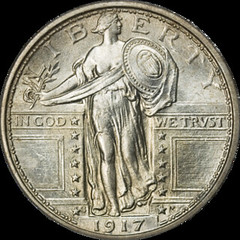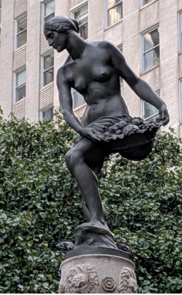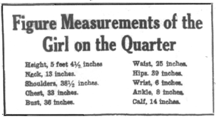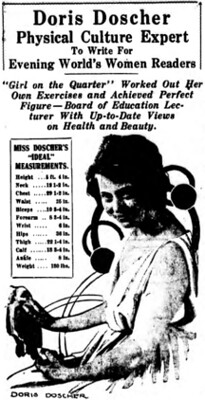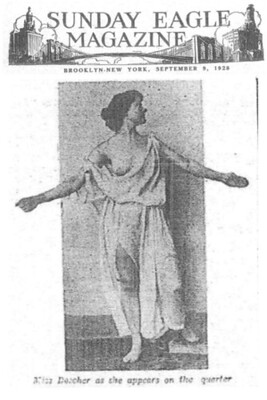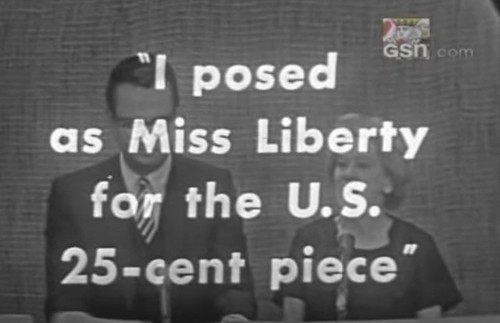
PREV ARTICLE
NEXT ARTICLE
FULL ISSUE
PREV FULL ISSUE
STANDING LIBERTY QUARTER MODELSHermon MacNeil researcher and author Jim Haas submitted these thoughts in response to last week's video of the 2007 talk by Ray Herz on the models for the Standing Liberty Quarter. -Editor
Designing medals was not something unfamiliar to MacNeil as he was well-versed in the art. His uncle was Henry Mitchell, an acknowledged master engraver, medalist and friend to Saint-Gaudens. He had studied with Henri-Michel-Antoine-Chapu, another master medalist, in Paris and prior to 1916, had designed not only the 1901 Pan-American Medal of Award, but also the 1909 Architectural League of New York Medal. In 1912 he submitted two designs for the National Academy of Science Medal neither of which was selected. Simultaneous with the 1916 Quarter, he had also modeled the Conrad Poppenhusen Medal.
Indeed, and regrettably, his Indian
themed works were fewer, but they were never far from his heart returning to them in modeling the 1926 Hopi
Prayer for Rain medal. As for the American Bison appearing in both MacNeil's medal and James Earle Fraser's
Nickel, it is recorded that Hermon Atkins MacNeil was born in 1866 and died in 1947. Julia Alevena Reiman was born in Manhattan on January 24, 1882. After her father's death in 1899, she moved to Whitestone, Queens, NY, a short distance east of College Point, where MacNeil lived and had his studio. Irene Beer was born in New Jersey in 1880. After her father's death, her mother married William C. Weitling, an up-and-coming executive and eventual president of a College Point Rubber Company. He adopted her. Because MacNeil served on the Board of Control of an educational institute started by Conrad Poppenhusen, the founder of the rubber company, Hermon, and probably his wife Carol, would have likely known Irene Weitling. The families ran in the same social circles. Doris married Whitestone resident and much celebrated athlete Albert Doscher in 1902. One year earlier, he and a friend had pedaled their bicycles round-trip from Whitestone to Buffalo to take in the World's Fair. Irene Beer Weitling wed Minneapolis-born George MacDowell in 1903, he too, a good athlete. Both were said to have been MacNeil's tennis partners, a sport that Hermon played very well, but neither man's name was ever paired with his in any published tennis tournament articles. But it is entirely possible they played together informally.
Doris was not in her early twenties when she modeled for MacNeil, in fact she was thirty-four. Irene was
approaching thirty-six. While Irene's measurements were never published, Doscher's 36-25-39 were just
slightly off what is considered an hourglass figure today. In any case, I suspect both women would have taken
umbrage when described as being
Doris Dorscher Baum passed away in 1970, Irene MacDowell three years later at which time it was learned she had been MacNeil's model for the figure of Victory in Albany's Soldiers and Sailors Memorial dedicated in 1912 before she moved to Rock Tavern. 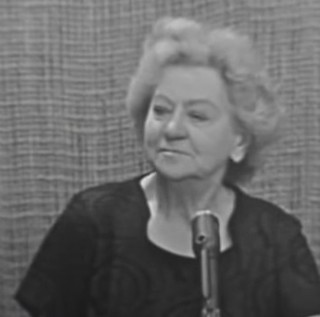
I'm old enough to remember the TV game show "I've Got a Secret", where celebrity panelists question a mystery guest to determine their identity. Jim located a 1966 episode where Doris Baum appeared. -Editor
To watch the episode, see:
To read the earlier E-Sylum article, see:
THE BOOK BAZARRE
Wayne Homren, Editor The Numismatic Bibliomania Society is a non-profit organization promoting numismatic literature. See our web site at coinbooks.org. To submit items for publication in The E-Sylum, write to the Editor at this address: whomren@gmail.com To subscribe go to: https://my.binhost.com/lists/listinfo/esylum All Rights Reserved. NBS Home Page Contact the NBS webmaster 
|
